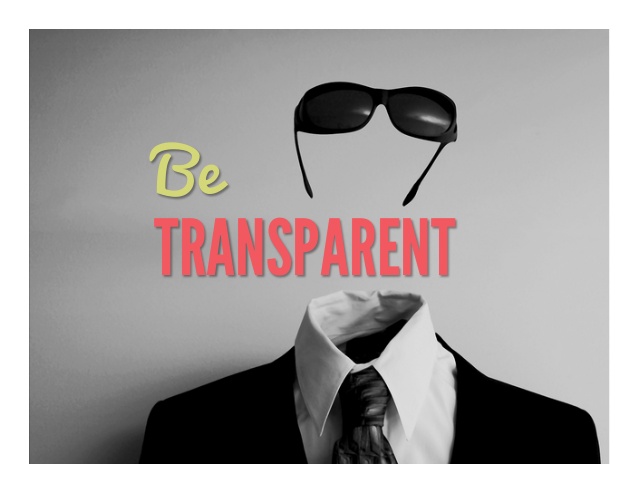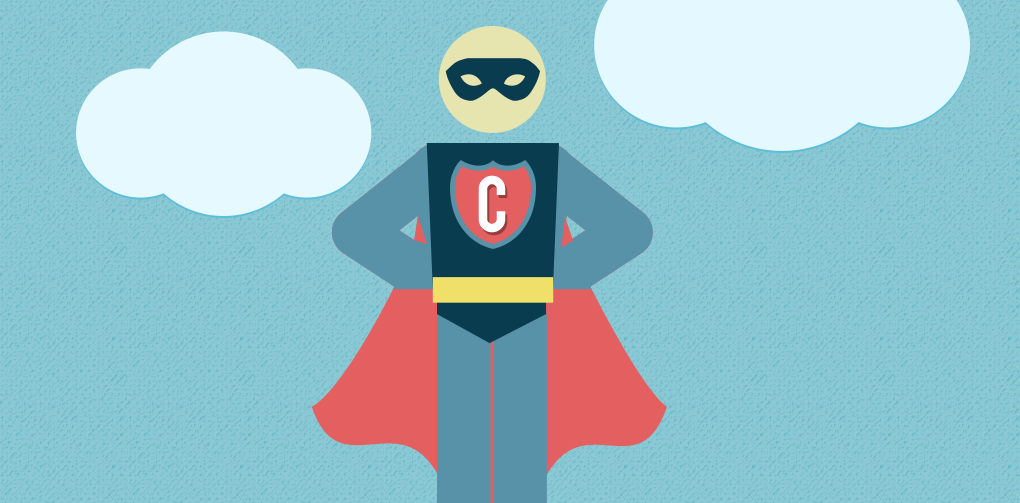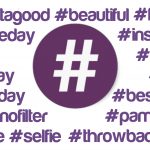Consumers and Journalists Are Rattled
Lately, there’s been a lot of chatter around what constitutes editorial and what is advertising, not only from the perspective of the consumer, but journalists, too, are annoyed. Some suggest that if content is paid for, it is inevitably unreliable and worthless. Plus, as brands learn to more politely engage consumers with branded content instead of in-your-face banner ads, they’ve learned that promoting that content is crucial.
Content Marketing and its cousin, Native Advertising, have caused a stir. If content is paid for by a brand, is it trustworthy? If said content is distributed via a paid promotional channel, does it lose all credibility? I’d argue not at all, but the concern is understandable.
Folio recently reported “over two-thirds of magazine publishers leverage their own editorial teams to produce native advertisements, according to a study from FIPP and the Native Advertising Institute”, ensuring quality content and, perhaps, making it tough for readers to distinguish from the editorial. Opinions on the morality of this vary:
You have voices like that of Andrew Sullivan, founder of the subscription-based and ad-free blog, The Dish, who believe native advertising is essentially journalism surrendering to advertising. The Guardian’s media critic, Bob Garfield, called it a “neat trick” that relies on fooling the reader. Others, like Brian Morrissey, editor-in-chief of Digiday, feel it’s naïve for journalists to assume they can remain aloof from the real industry.
Certainly, advertisers don’t spend millions of dollars producing thoughtful content for targeted audiences to tarnish their brands and repel customers. So let’s take a step back to review how we got to where we are now.
What is Content Marketing?
The Content Marketing Institute defines Content Marketing as “a strategic marketing approach focused on creating and distributing valuable, relevant, and consistent content to attract and retain a clearly-defined audience — and, ultimately, to drive profitable customer action.”
Smart marketers schedule a variety of content for their target audiences in hopes of developing relationships, gaining credibility for their brands, and ultimately selling their products and services. The better quality the content, the more credibility they gain; and for this reason, they rely on experienced editors to write their branded stories.
Why Paid Distribution is Necessary

In the world of marketing, we’ve learned good content captivates, informs, and/or entertains. That said, even the most thoughtful and attractive content doesn’t necessarily deliver an audience. As former BuzzFeed VP Jonathan Perelman noted, “Content is king, but distribution is queen and she wears the pants. It’s not nearly enough to create a good piece of content.”
Banner ads are no longer effective. Consumers have literally become “blind” to them. Brands know they must create content strategies to develop relationships with their customers—to develop and maintain relevance and credibility. Customers want to be able to trust the brands they buy from and feel as if their interactions with brands are sincere, not generic auto-responses.
In terms of distribution, think beyond owned and earned channels in your content marketing programs. Think native advertising, one of the hottest trends in marketing today. Because with the right type of distribution, your awesome content will not only captivate and entertain, it should promote brand awareness, build trust, and increase conversions, as intended.
How to Make Everyone Happy
In order to make sure consumers see the substantive, relevant content they crave; to ensure brands successfully connect with consumers and convert them to customers; and—don’t forget—to guarantee publishers flourish… there are a few key concepts on which everyone should consistently collaborate:
- Always Be Transparent:
 Consumers are loyal to brands they trust. If a consumer feels tricked, nobody wins. All native ads—all ad unit types—should be clearly marked as advertising. The industry should settle on a consistent label soon, but publishers can at least mark them “sponsored” or “promoted”. This way the reader knows what they’re looking at. There’s just no good reason to attempt to hide the fact the ad is an ad, because once they figure it out (and once they click through to the branded content landing page—they will figure it out!), the brand is likely irreparably damaged.
Consumers are loyal to brands they trust. If a consumer feels tricked, nobody wins. All native ads—all ad unit types—should be clearly marked as advertising. The industry should settle on a consistent label soon, but publishers can at least mark them “sponsored” or “promoted”. This way the reader knows what they’re looking at. There’s just no good reason to attempt to hide the fact the ad is an ad, because once they figure it out (and once they click through to the branded content landing page—they will figure it out!), the brand is likely irreparably damaged.
- Provide a Seamless Experience: Put the consumer first. When thinking about how to connect with your target audience, use ad formats that won’t disrupt the consumer’s journey. Native ads, by definition, match the form and function of the page on which they sit, so the consumer still enjoys a seamless, non-interruptive experience. Ideally, the ad is also contextually relevant, further enhancing the experience. In addition, native ad creative elements should align with the content on the landing page to which they direct the user. Don’t use a click-bait headline that drives to a page about an unrelated topic or a “buy now” page. Consumers are smart, they don’t fall for the bait and switch, and again, this doesn’t serve the advertiser well.
- Craft Quality Content: Produce content for your target audience(s) for different stages of their consumer journey. It doesn’t matter whether it’s written by a journalist or marketer, just be aware of your audience and provide them something truthful and valuable. Whether it be an advertorial, video, look book, slideshow, blog post, or a white paper, craft content that your buyer persona will appreciate. Make it informative or entertaining, as appropriate, and beautiful. Consumers don’t mind if content is branded or sponsored if it’s useful, interesting, or fun. Again, use creative elements from the branded content to build the native ad.
Conclusion
Consumers appreciate content produced especially for them. They like to find it on pages where they’re already reading about a related topic. As long as you’re crystal clear that you’re suggesting they take a look at branded content and then provide them with information about a solution to a problem they may have, or inspire or entertain them, the consumer will associate the brand will positive feelings and likely choose that brand over others once they’re ready to subscribe or purchase—whatever that conversion may be.
On the flip side, if an advertiser doesn’t disclose the paid aspect of the in-feed or recommended content ad; doesn’t do everything possible to ensure a polite experience for their audience; or (horror) doesn’t craft valuable content—yes, the brand’s credibility will be diluted, at least. But, this will not be simply because the content has been promoted via a paid distribution channel; it’s because the brand was careless in its execution.



